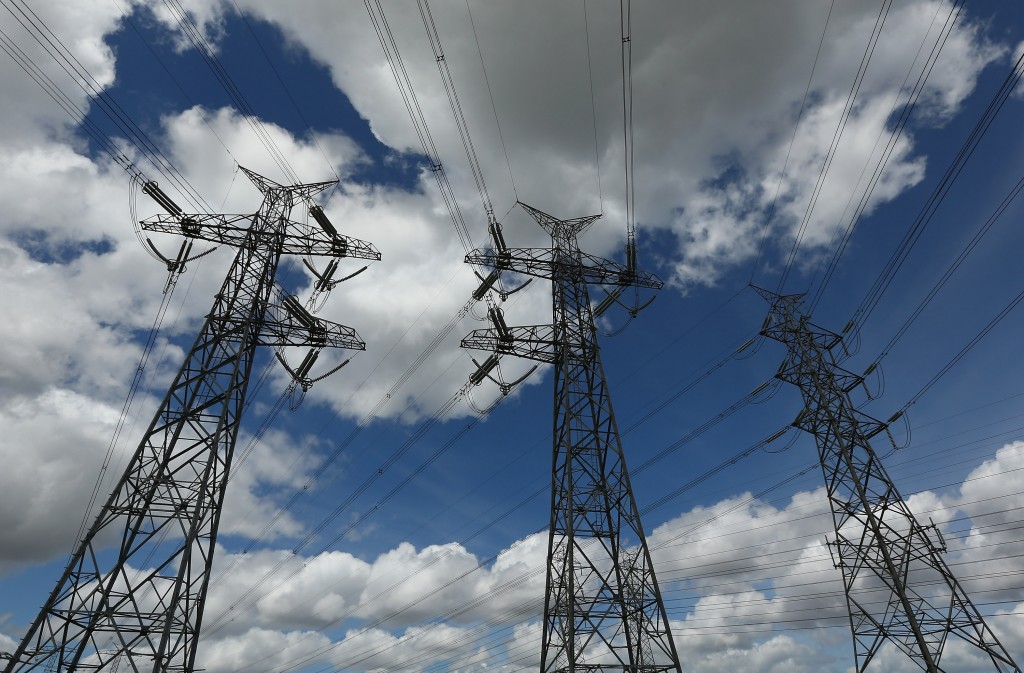Tools that offer effective communications between utilities and their customers have opened up a broad range of new business opportunities, especially in the field of data analytics. There has been no shortage of commentary on the importance of understanding the reams of data now available to utilities from “smart” technologies if that data is to… Keep reading →
American Electric Power
Sign up and get Breaking Energy news in your inbox.
We will never sell or share your information without your consent. See our privacy policy.
One criticism of wind and solar power is their lack of reliability. Both depend on the weather for energy production and any change in weather affects their ability to produce electricity. In many regions, wind has the added liability of producing power when it is least needed. To solve this challenge, some suggest pairing standby generators with wind and solar farms so continuous power can be produced. Under this scheme, proponents argue that standby generators should be capable of varying its output to assure continuous energy production.
Varying output is called load following or turn down. The physical objective is to throttle back power generation to response to changing demands. The financial objective is to turn down without increasing fuel consumption on a unit basis. The environmental objective is to minimize air pollution, specifically carbon. Keep reading →

A deep Arctic freeze socks in the Northeast, and every home’s furnace is working overtime. The surge of natural gas use for furnaces means power plants can’t get enough fuel. Power fails, and furnaces can’t start. Gas pipeline compressors lose power, and natural gas flow stops.
What then? Keep reading →

Grid operator PJM Interconnection said its staff will recommend dropping the Potomac Appalachian Transmission Highline (PATH) and the Mid Atlantic Power Pathway (MAPP) from its regional transmission projects.
PJM’s planning process looks 15 years ahead to identify transmission upgrades needed to maintain stable power systems. Keep reading →

The US energy system will be transformed beyond recognition in the next quarter century, but the only certainties are that no one knows what it will look like and it will cost a lot of money.
Electricity’s future is about “disruptive technologies,” speakers including Secretary of Energy Steven Chu told the National Association of Regulatory Utility Commissioners (NARUC) and the Department of Energy’s National Electricity Forum Feb. 5-9 in Washington DC, and the power industry needs “partnerships” with state regulators to invest in the uncertain new era. Keep reading →
EPA Utility MACT Rule Released: Coal Plants Set For Closure As Blackout Risks Cited
By Margaret Ryan
Santa arrived a few days early for environmentalists, but the coal industry is getting Scrooge.
The Environmental Protection Agency released its Utility MACT rule on Wednesday, issuing a controversial order to slash mercury and other hazardous emissions from coal-fired power plants. By 2016, all plants must emit as little mercury as the best 12% do today, lowering national emissions 90%. Keep reading →

Power utilities are beginning to focus more attention on transmission as the aging system tries to keep up with increasing renewable energy generation as well forecasts for increased overall demand for electricity.
Giant power company American Electric Power announced last week that it was restructuring some of its executive leadership to reflect a renewed commitment to transmission projects both within and outside its power generation region. Among the changes, AEP’s SVP of Transmission, Michael Heyeck, will also become president of Electric Transmission America, a joint venture of AEP and MidAmerican Energy Holdings Company, effective January 1, 2012. Keep reading →

